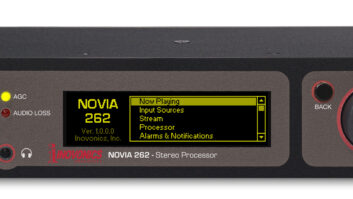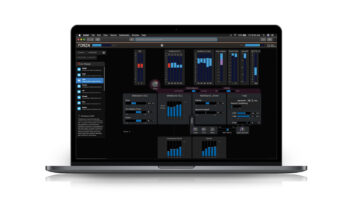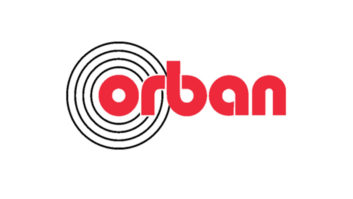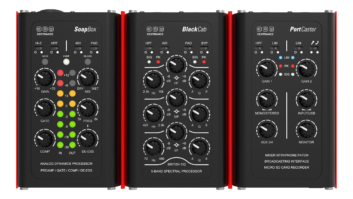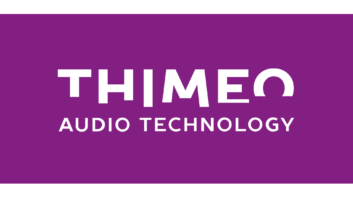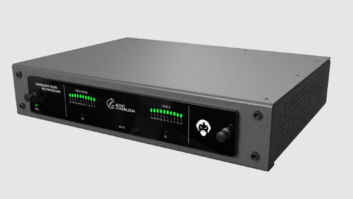(click thumbnail)Time is money. After all, time is what we sell in radio.
Time is money in other ways: the time it takes to train staff and the time staff takes doing a particular job.
At the same time, the demand for quality has never been greater. With the advent of satellite feeds and digital audio, listeners expect sound that is free of noise, full and bright.
How do you make spots that stand out? How can you clean up a news actuality done on the run?
Aboretum Systems has an inexpensive ($119) Windows/Mac compatible plug-in that provides quality noise reduction and enhancement with a zero learning curve. “Ray Gun” has six digital enhancement filters.
Product CapsuleThumbs Up:
Broadband noise reduction
Impulse noise reduction
Hum and rumble attenuation
Enhancement of bass and treble frequencies through synthesis
Stereo enhancement of mono files
Inexpensive
Thumbs Down:
Downward expansion of Noise Reduction filter somewhat less effective than continuous noise filters using noise print for processing.
Price: $119
Contact: the company in California at (714) 389-4983 or visit www.arboretum.com
Adjust sliders
The Noise Reduction filter targets broadband noise using downward expansion. This is the only filter that has two sliders: Threshold and Attenuation. While previewing the sound, you adjust the sliders for the maximum noise reduction before the settings begin to affect the actual sound.
In tests I performed, the noise reduction provided good attenuation of moderate amounts of noise. This form of noise reduction can be effective. It probably won’t match the results of noise reduction filters that apply a specific noise print to identify and eliminate unwanted noise.
The Pop filter removes impulsive noise like pops and clicks. You move the single slider up while listening to the preview until all the offending pops disappear or the sound begins to distort. In practice the filter did a credible job of removing all but the most offensive pops and clicks.
A separate filter provides attenuation of either 50 or 60 cycle hum and/or rumble. This filter uses a pre-set notch filter. I found that it did a good job of removing hum components with little or no effect on the sound itself.
New tool set
This latest version of Ray Gun has a new set of enhancement tools with one slider each for bass, treble and stereo enhancement. The means of adjusting bass and treble enhancement are more than just a boost of those frequencies.
They replace bass or treble frequencies that may have been lost in the noise reduction process or lacking in the original recording. The enhancement synthesizes new bass and treble frequencies similar to what the Aphex model 250 Aural Exciter III does through hardware.
I experimented with this enhancement on a variety of music and found it provided a consistently improved quality. The bass enhancement in particular increased the fullness of the sound. A little goes a long way.
If the original source is mono, the stereo enhancement can provide a realistic stereo image. Before using it, convert the mono file to stereo.
I found Ray Gun 2.0 does a good job of digitally restoring and enhancing a broad spectrum of sound. Because of the simplicity of its operation and the intuitiveness of its on-screen interface, there is essentially no learning curve.
Anyone can use it
This is software that a radio station could put on all of its computers and turn its staff loose to use without any training. A secretary with basic computer literacy might use it. The resulting restoration and enhancement is very good. Ray Gun 2.0 can improve the quality of spots, news actualities, music and just about any other sound.






